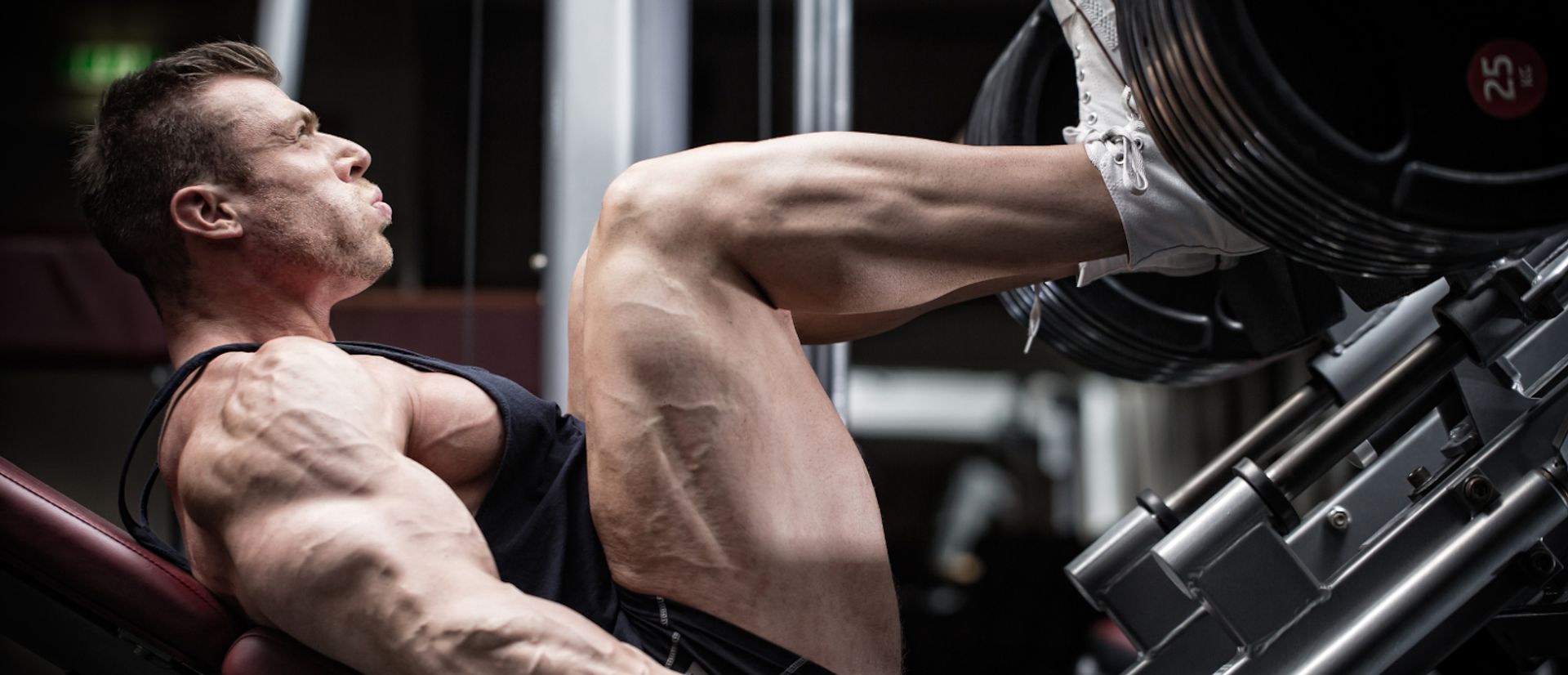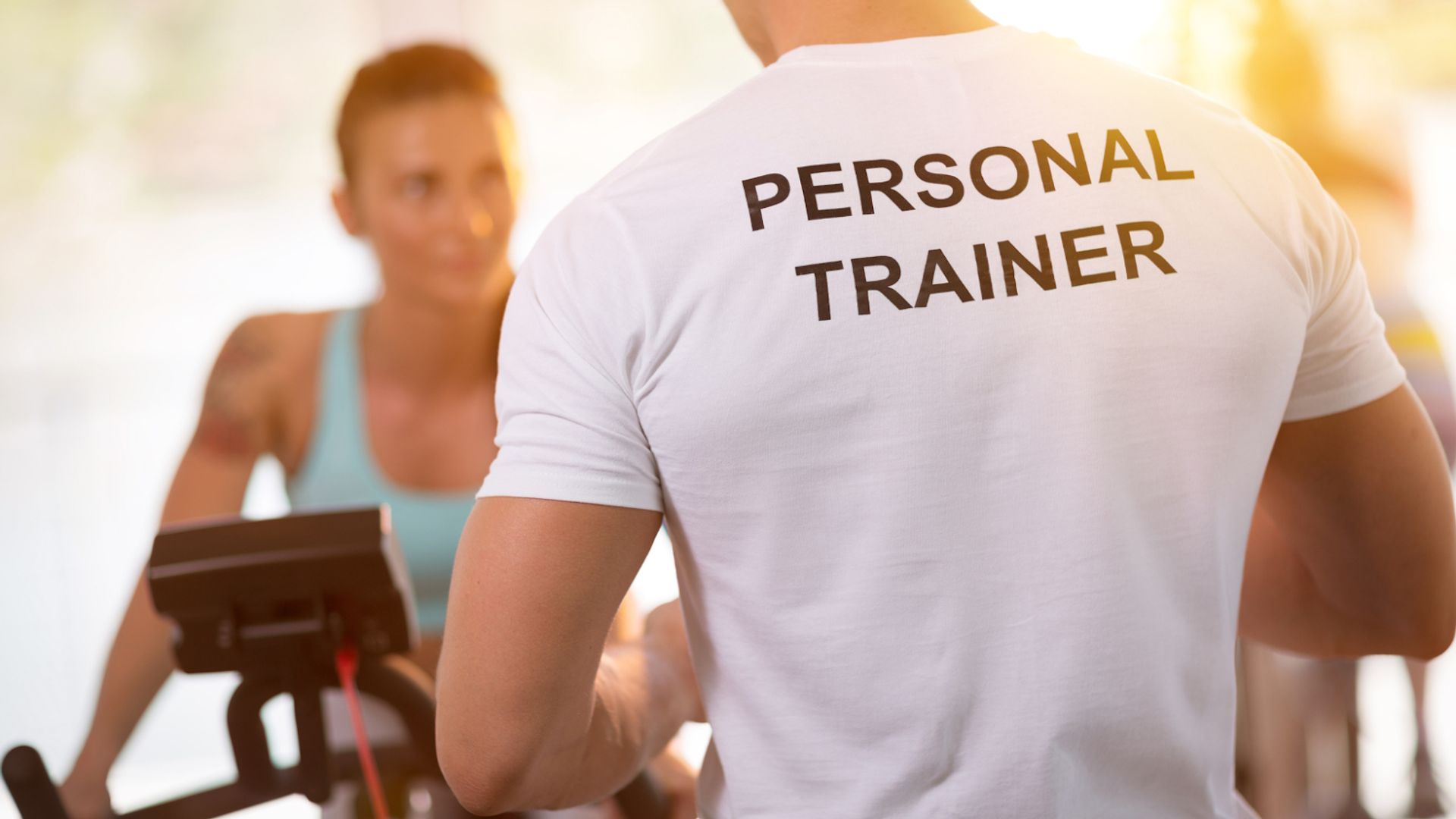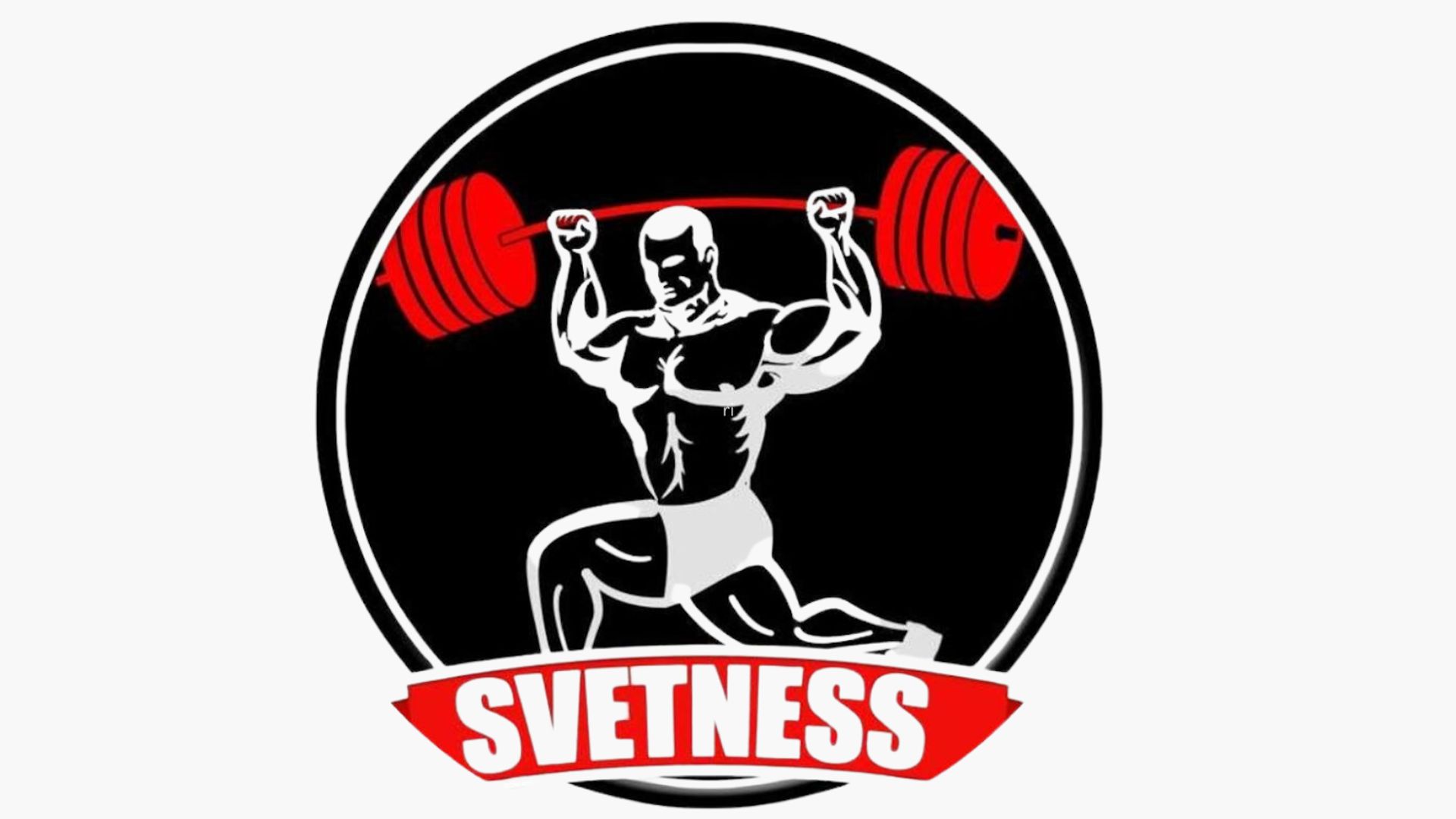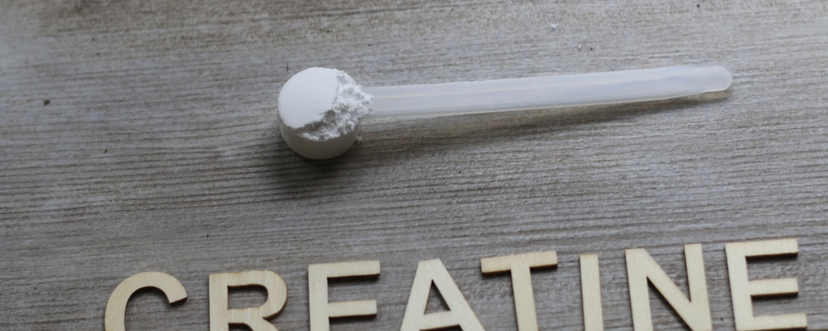
Cardio Before or After Leg Day? How to Structure Workouts
Wondering whether to do cardio before or after leg day? Read our experts’ insights on structuring your workouts for the best results.
Leg workouts demand serious effort. They target some of the largest muscle groups in your body, which means that recovery takes longer and fatigue sets in more quickly. That's why many people pause before adding cardio into the same session.
Do you knock out your cardio first and risk losing strength for your lifts? Or do you save it for after, when your legs are already toast?
Finding the right balance between cardio and leg training depends on your goals, your current level of conditioning, and how well your body tolerates volume.
In this blog, we'll walk you through what to consider when pairing cardio with leg day and how to structure your workouts to build strength, stay consistent, and avoid burnout.
Pros and Cons of Cardio Before Leg Day

Doing cardio before strength training is a popular choice for those focused on improving endurance or easing into their session with movement. However, depending on your goals, this approach may have trade-offs, such as lower performance in lower-body strength.
Below, we outline the main benefits and potential drawbacks, so you can determine if starting with cardio fits your routine:
Pros of Cardio Before Leg Day
Boosts Endurance Capacity
Starting with cardio can help improve stamina, especially for individuals training for endurance-based activities like running or cycling. This combo conditions the body to perform under sustained effort, which can translate to better performance in aerobic sports.
Serves as a Dynamic Warm-Up
Light cardio, such as brisk walking or cycling, can be a useful way to warm up your body. It increases circulation, elevates core temperature, and helps loosen the joints and muscles you’ll use during lower body training. This choice can lead to better movement quality and fewer injuries.
Helps You Build Mental Momentum
Some people find that starting with movement helps them get into the right headspace for their entire session. If you're someone who feels sluggish at the beginning of workouts, a few minutes of light cardio can help you feel more awake and ready to tackle heavier lifts. This mental preparation can be particularly helpful for early morning sessions or when you're coming straight from a sedentary workday.
Cons of Cardio Before Leg Day
Limits Strength Output
Doing moderate to intense cardio before lifting can tap into your body's energy stores. By the time you reach squats or lunges, your legs may already be fatigued, which can reduce your strength and make it harder to push heavy weights or hit your usual reps.
Increases Early Fatigue
Leg day already comes with a high demand for energy and focus. Starting with cardio can lead to mental and physical fatigue earlier in your session, increasing the risk of sloppy form or poor recovery, especially for beginners or those returning to training after time off.
Can Interfere with Muscle Building
If your primary goal is to build muscle mass in your legs, pre-workout cardio may work against you.
When you deplete energy stores before lifting, your muscles have less fuel available for the high-intensity contractions needed to stimulate growth. This effect can limit the training stimulus that drives hypertrophy.
When to Do It
If building endurance is your top priority, it’s fine to include light or moderate cardio before your leg workout. Maintain a controlled pace and avoid going all-out to conserve energy for your lifts.
However, if your focus is on strength, hypertrophy, or performance, consider saving cardio for the end or doing it on a separate day altogether.
Pros and Cons of Cardio After Leg Day

For many people, finishing a strength session with cardio feels like the natural order. When it comes to leg day, this sequence can offer specific advantages, especially if your goals include building muscle, increasing strength, or improving recovery. Here’s a closer look at what to expect when you save cardio for after your lower-body workout:
Pros of Cardio After Leg Day
Maximizes Strength Output
By starting with strength training, your legs are fresh and fully fueled. That means you can lift heavier weights, push harder, and focus on proper technique, all of which are essential for muscle growth and long-term progress. You’ll also be less likely to hit burnout early on or compromise your form during complex movements.
Aids in Active Recovery
Light cardio after lifting can help flush out metabolic byproducts like lactic acid and promote blood flow to tired muscles. This gentle movement supports recovery, reduces stiffness, and may help you feel less sore the following day.
Supports Fat Loss Without Compromising Muscle
Post-workout cardio can be particularly effective for fat loss because your body has already used up much of its stored glycogen during strength training. This means you're more likely to tap into fat stores during the cardio portion. Plus, you won't sacrifice the muscle-building benefits of your strength session.
Cons of Cardio After Leg Day
Can Delay Recovery if Too Intense
Tacking on a high-intensity cardio session after heavy squats and lunges can push your body into overtraining territory. It can increase cortisol levels, delay muscle repair, and make it harder to recover between sessions, especially if you’re training multiple days in a row.
Requires Mental Discipline
After a tough leg workout, the last thing you might want to do is more exercise. Post-workout cardio requires mental commitment when your body is already tired. This can be challenging for people who struggle with motivation or are new to structured training routines.
When to Do It
If your main focus is building strength or muscle, cardio is usually better to do after leg day. Keep it light and steady. Consider exercises like walking, cycling, or a gentle elliptical workout. You’ll still reap the cardiovascular benefits without depleting the energy you need to lift effectively or recover properly.
Structuring Your Workouts

Your workout structure shapes the results you see, especially when it comes to leg day. The order in which you train, the type of cardio you choose, and how long you do it all influence how your body responds. Instead of guessing, use your goals to guide your session.
If your main focus is endurance or fat loss, the priority shifts. Starting with cardio helps you tap into aerobic capacity and burn more energy right away. You can still lift afterward, but the emphasis is more on staying consistent and keeping your heart rate up.
Here’s how to break it down:
For Strength and Muscle Gain
If your focus is on building strength and muscle, your energy needs to go toward lifting first. That means saving cardio for the end and doing it at a pace that supports recovery, not exhaustion.
- Order: Strength Training → Cardio
- Cardio Type: Low to moderate intensity (walking, incline treadmill, light cycling)
- Duration: 15–30 minutes
This setup allows you to train your legs with full power and finish with recovery-focused cardio that promotes blood flow without depleting your reserves.
For Endurance and Fat Loss
When endurance or fat loss is your top priority, it makes sense to start with cardio. You’ll tap into more energy for sustained movement, then finish with strength training to maintain muscle tone.
- Order: Cardio → Strength Training
- Cardio Type: Moderate to high intensity (steady running, HIIT workouts at home, jump rope)
- Duration: 20–45 minutes
This approach helps maximize fat-burning potential early in the session while still allowing room to include bodyweight or resistance training for full-body benefits.
The Hybrid Approach for When Life Gets Complicated
Sometimes, your schedule doesn't allow for perfect workout timing.
Maybe you only have 45 minutes total, or you're dealing with energy crashes that make traditional structures feel impossible. In these cases, consider a hybrid approach that blends cardio and strength throughout your session.
You might alternate between strength exercises and short cardio bursts, creating a circuit-style workout that keeps your heart rate elevated while still challenging your muscles. This approach works particularly well for busy professionals or parents who need efficient, effective sessions that fit into unpredictable schedules.
The key is being flexible enough to adapt your structure based on what your life demands that day while still maintaining consistency in your overall routine.
Whatever your goal, it's critical to check in with how your body feels and give yourself room to adjust. No single plan works every day. What matters most is showing up consistently with intention.
How Svetness Trainers Help You Balance Cardio and Strength

Determining the optimal combo of cardio and strength training isn’t always straightforward. It’s common to second-guess your routine: Is cardio helping or holding you back? Should you shift your workouts around for better results?
That’s where Svetness personal trainers step in.
Instead of leaving you to trial and error your way through different strategies, our trainers create a structure that fits your goals, your schedule, and the way your body responds to movement.
Personalized Plans That Work With Your Goals
Some clients want to build lean muscle. Others care more about endurance, fat loss, or energy. Whatever the case, Svetness trainers help you figure out how to structure an aerobic fitness plan in a way that supports progress, not confusion.
They'll tailor your sessions to your exact priorities, creating a routine that suits your body and life. That might mean saving cardio for later, breaking it into intervals, or mixing it with resistance circuits. And because every plan is built around you, nothing feels random or generic.
Support That Keeps You Focused
It’s easy to overthink your workout timing or feel stuck in routines that don’t feel effective. Your Svetness trainer provides clarity. They answer questions, adjust your programming when things change, and help you stay consistent even when motivation dips.
With real-time support and a fully customized routine, you don’t have to wonder if you’re doing the right thing. You’ll know your workouts are aligned with your goals, and that’s what drives results.
Final Thoughts

There’s no universal rule when it comes to cardio and leg day. What matters most is understanding how each element affects your body and your goals.
If your focus is building muscle and strength, it often makes sense to prioritize resistance training. If your focus leans toward endurance or fat loss, cardio might take the lead. As long as you remain consistent, you'll start to see the results you want.
Still unsure how to structure your sessions? That’s exactly where a Svetness trainer can help. With a free evaluation, you’ll get expert guidance tailored to your fitness level, goals, and recovery needs, so every workout brings you closer to the results you want.
Frequently Asked Questions
Is it better to work out your legs before or after running?
It depends on your goal. If your focus is building leg strength or muscle, train your legs first while you're fresh. If your priority is running performance or endurance, run first. For most people doing general cardio workouts at home, leg training first helps avoid fatigue that can compromise form and intensity.
Is 20 minutes of cardio enough after lifting weights?
Yes, if it’s focused. A 20-minute HIIT workout at home or a steady-state session can support fat loss, improve endurance, and aid recovery. You don’t need an hour-long session to see results. It’s more about consistency and pairing it smartly with strength work.
Should I skip cardio if my legs are sore?
Not necessarily. Low-intensity movement, like walking or cycling, can actually help with recovery by increasing circulation. If soreness is severe, skip the strength and conditioning workouts at home and swap in mobility or active recovery until you feel better. Listen to your body, not the clock.
Is it better to do cardio before or after leg day?
For strength gains, it's best to do cardio after. That way, your legs are fresh when you hit squats, lunges, and at-home workouts to build muscle. If your focus is endurance or fat loss, cardio before may be a better choice. But keep intensity in check so you don't burn out before the main lifts.
Start your Svetness journey today
Get a free consultation and see how our trainers can transform your wellness journey.





